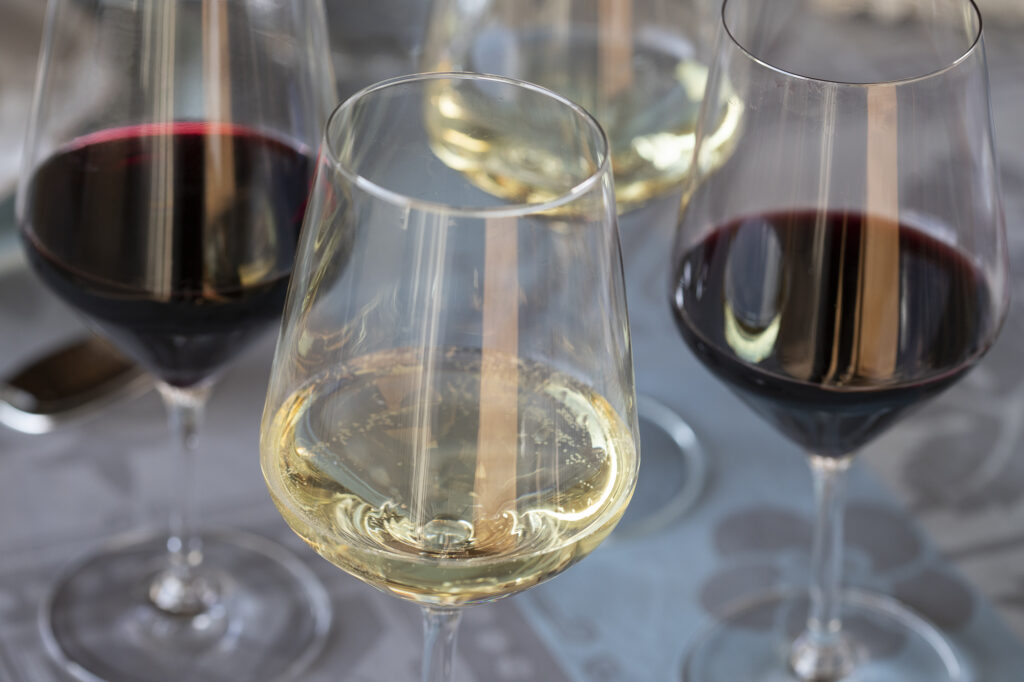The world of wine is no exception and, like all subjects, it has a specific language that it is advisable to know in order to understand the beauty and essence of its culture.
With more than 8,000 years of history, its vocabulary has evolved and expanded. Below we will mention some of these words. We hope you enjoy this dictionary of the world of wine vol.I.
- Abocado: refers to white wines, normally dry, that present sweet nuances that balance their acidity, due to the appearance of residual sugars in a natural way. It occurs in wines with between 5 and 15 grams of sugar per liter.
- Acerbo: This is a green, rough wine produced by an excess of tannins, in which a lack of balance is evident and which is reinforced by two flavors: acidity and astringency.
- Bouquet: term of French origin referring to the tertiary aroma, which develops in aged wines during their time in bottle. There can be two types, oxidation (occurs when oxygen appears in aged sweet wines) or reduction (occurs in anoxygenic atmospheres).
- Calicata: small to medium depth excavations, which are made in the soil prior to the cultivation of the vine. It allows a complete study of the soil to ensure the survival of the strain.
- Cold shirt: layer protruding from a stainless steel tank. Its structure can be formed by tubes, a cylindrical spiral or a stippling, through which water generally circulates. Its function is to maintain the proper temperature of the contents inside.
- Unbottlenecked: This is a must cleaning process prior to the fermentation of white and rosé wines. In addition, it is a demanding process that prevents the appearance of unpleasant odors and flavors that would reduce its quality. PIt can be produced naturally or through the addition of enzymes, keeping it at low temperatures, around 10 degrees, so that fermentation does not start.
- Destemming: consists of separating the grapes from the stem and stalk, which is the herbaceous structure of the bunch. Vegetable or vine shoot remains are also separated, which is known as shelling. This is the first operation performed when the grapes enter the winery.
- Lees: Solid matter that remains in a tank or barrel after fermentation, made up of yeast cells and other substances from the grapes. They allow a better stabilization of the color, participate in the wine’s voluminous sensation and act as natural protectors of the wine.
- Maceration: prolonged contact of the must, must-wine or wine itself with solid parts of the grapes in order to obtain color, aromas, tannins and extracts. SSeveral types of tanks can be used, both stainless steel and wood.
- Majuelo: is the plot of land dedicated to the cultivation of grapevines, also known as vines. It is usually divided into terraces to facilitate the harvesting of the grapes.
- Scrape: also called stalk, is the skeleton that supports and nourishes each of the grapes that form the bunch, it forms between 2 and 5% of the weight of the bunch depending on the type of variety. It can be a determining factor in the style of the wine, as it can affect various factors such as pH, tannins or color.
- Terroir: Landscape unit that combines natural factors such as soil, climate, variety… Characteristics that will later define the character and identity of the wines.
Did you know the meaning of these terms? I’m sure that as a true Wine Lover most of them do, but we hope that they have given you a little more wisdom and knowledge of the world of wine.
Coming soon… The wine dictionary vol. II Are there any terms that you would like to see appear? We are waiting for your proposal!




